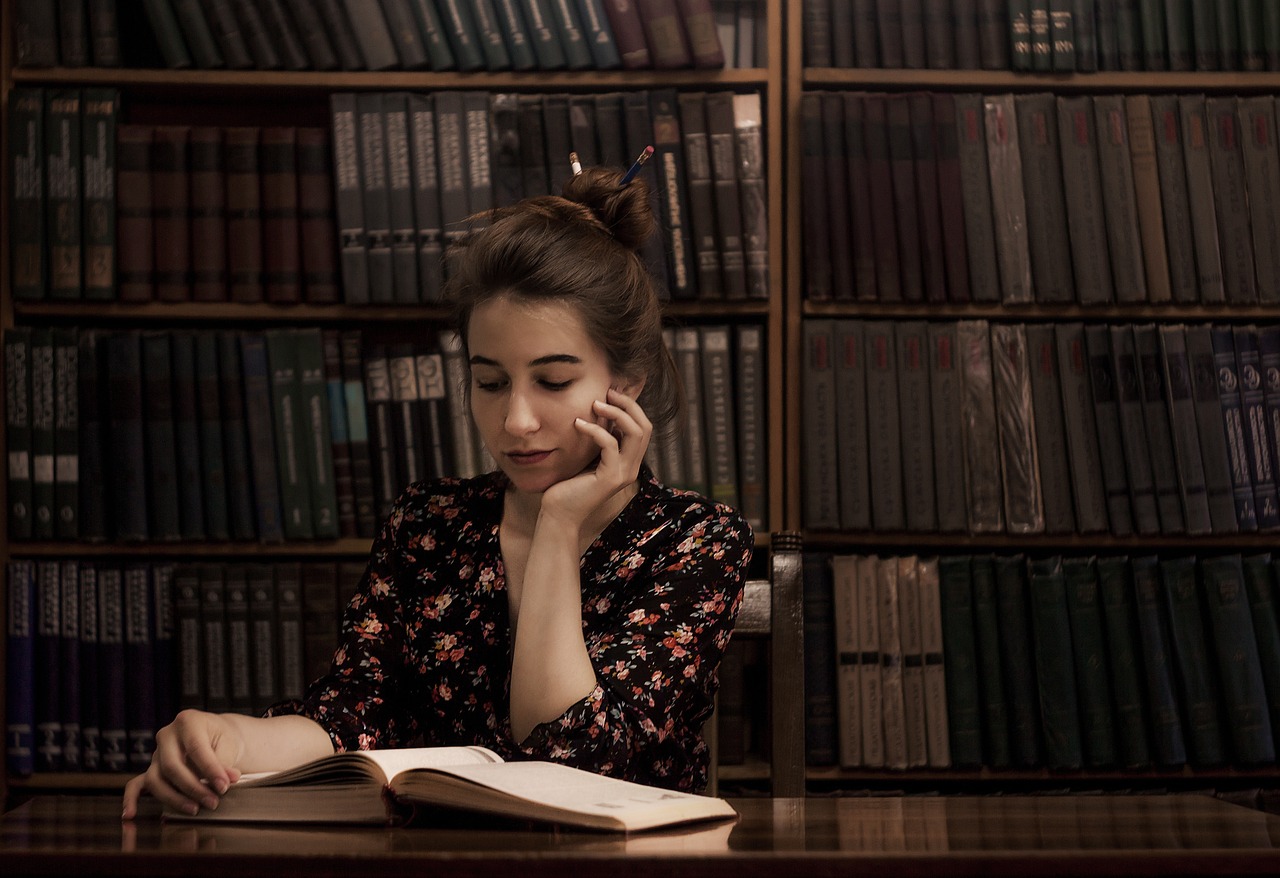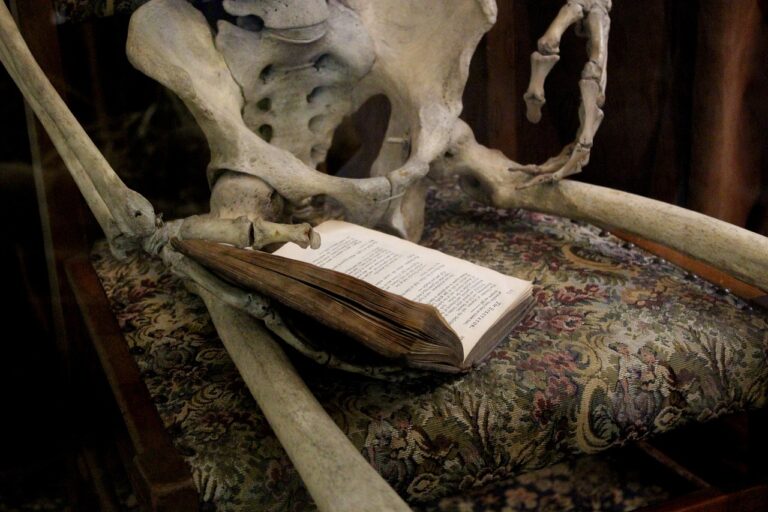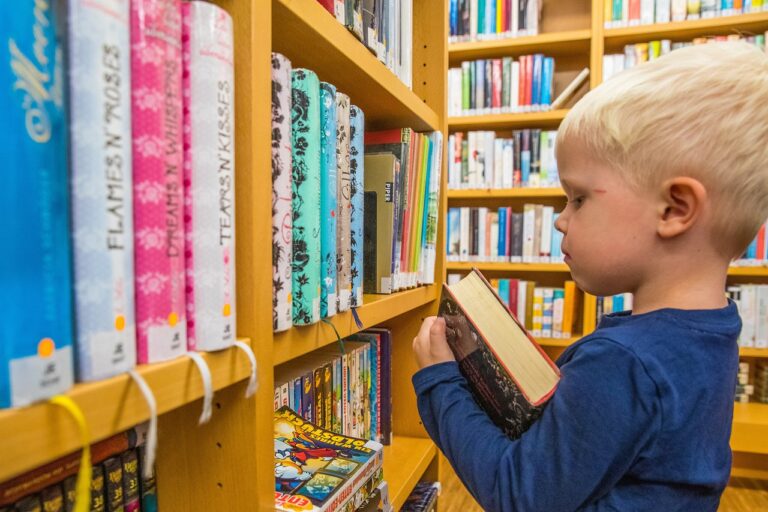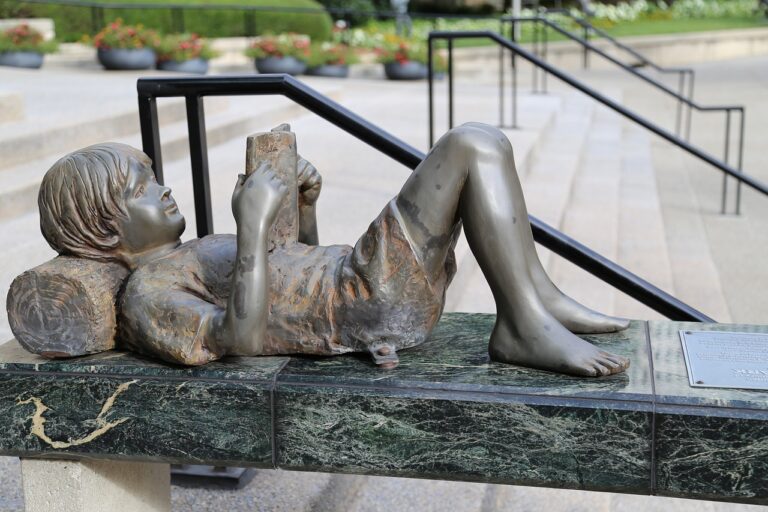Arts Integration in Education: Enhancing Creativity and Expression
Arts integration in education offers a myriad of advantages for students across various disciplines. By incorporating art into the curriculum, students are provided with a more holistic approach to learning, engaging their creative faculties alongside critical thinking skills. This approach not only enhances academic outcomes but also nurtures an appreciation for the arts, fostering well-rounded individuals with a broader perspective on the world around them. Furthermore, arts integration has been shown to increase student motivation and interest in learning, making education a more engaging and rewarding experience for all involved.
How Arts Integration Fosters Critical Thinking Skills
Arts integration in education has been proven to foster critical thinking skills in students by encouraging them to think outside the box. By engaging in creative activities such as music, visual arts, drama, and dance, students are able to approach problems from different perspectives and develop innovative solutions. This multidimensional approach challenges students to explore new ideas and think creatively, ultimately enhancing their critical thinking abilities.
Furthermore, arts integration provides students with opportunities to make connections between subjects, encouraging them to draw upon their knowledge from various disciplines. By incorporating the arts into traditional subjects like math, science, and language arts, students are able to strengthen their reasoning skills and develop a deeper understanding of complex concepts. This interdisciplinary approach not only stimulates critical thinking but also nurtures creativity and problem-solving skills in students, preparing them for success in an ever-evolving world.
Ways to Implement Arts Integration in the Classroom
One effective way to implement arts integration in the classroom is by incorporating visual arts such as drawing, painting, or sculpting into various subjects. For example, students can create visual representations of historical events, scientific processes, or literary themes to deepen their understanding and engagement with the material. This hands-on approach not only enhances their artistic skills but also allows them to make connections between different disciplines.
Another strategy to incorporate arts integration is by using music and dance to explore mathematical concepts or patterns. For instance, teachers can use rhythm and movement to teach fractions or geometry, making abstract mathematical ideas more tangible and memorable for students. By incorporating music and dance into the curriculum, educators can provide a creative outlet for students to express themselves while reinforcing their learning in a fun and engaging way.
• Students can create visual representations of historical events, scientific processes, or literary themes
• Hands-on approach enhances artistic skills and allows for connections between disciplines
• Incorporating music and dance to explore mathematical concepts or patterns
• Using rhythm and movement to teach fractions or geometry makes abstract ideas more tangible
• Music and dance provide a creative outlet for students to express themselves while reinforcing learning
What are some benefits of incorporating arts integration in education?
Incorporating arts integration in education has been shown to enhance creativity, improve student engagement, promote critical thinking skills, and support overall academic achievement.
How does arts integration foster critical thinking skills?
Arts integration encourages students to think creatively, make connections between different subjects, and problem-solve through artistic expression. This process helps students develop critical thinking skills by challenging them to think outside the box.
What are some ways to implement arts integration in the classroom?
Some ways to implement arts integration in the classroom include incorporating art projects into lesson plans, using drama or music to explore concepts, and connecting art to other subjects such as history or science.
How can teachers ensure that arts integration is effective in the classroom?
Teachers can ensure that arts integration is effective by providing opportunities for students to engage in hands-on artistic activities, encouraging collaboration and discussion, and connecting artistic experiences to academic content. Additionally, teachers should provide support and guidance to help students make meaningful connections between art and other subjects.







